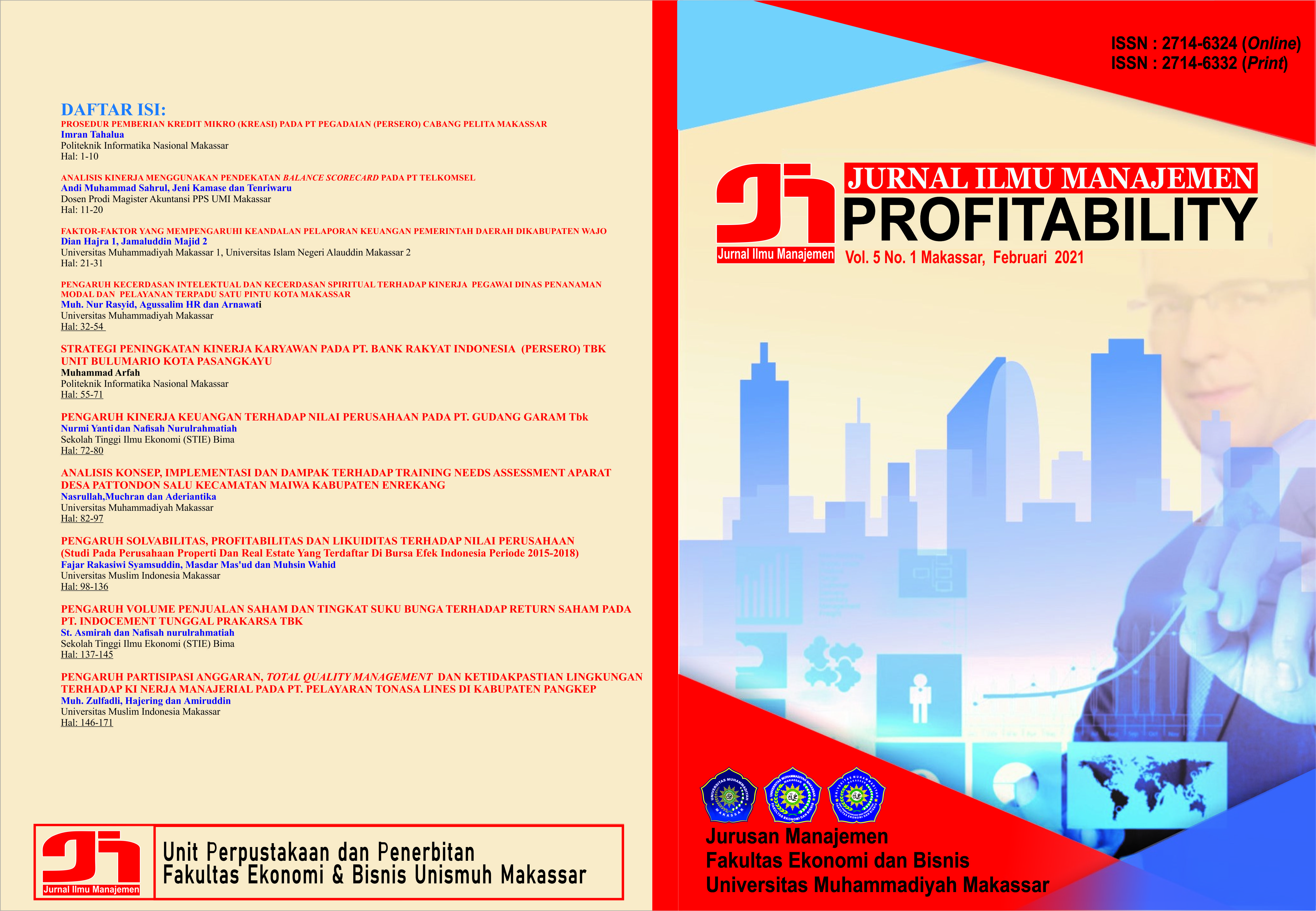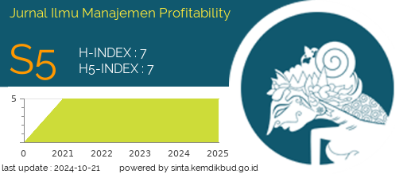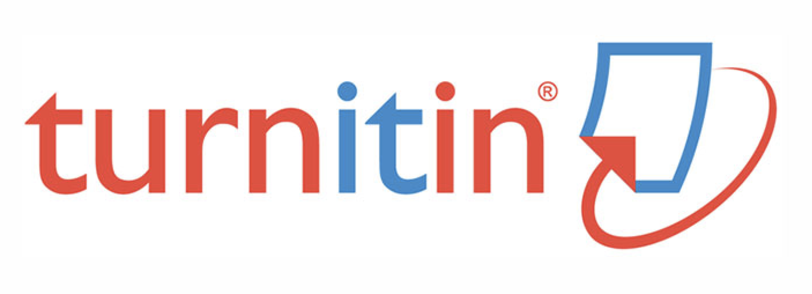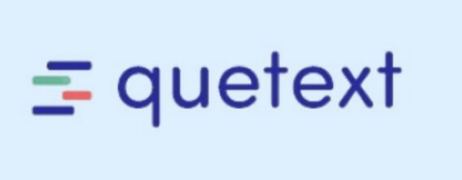ANALYSIS OF CONCEPT, IMPLEMENTATION AND IMPACT ON TRAINING NEEDS ASSESSMENT FOR APPARENTS IN PATTONDON VILLAGE, MAIWA DISTRICT, ENREKANG REGENCY
DOI: https://doi.org/10.26618/profitability.v5i1.4858
Concept, Implementation, impact, Training Needs Assessment
Abstract
This study aims to find out how the concepts of Training Neds Assessment (TNA), how to implement Training Needs Assessment (TNA), and the impact of Training Needs Assessment (TNA) in developing the quality of officials in Pattondon Salu Village, Maiwa District, Enrekamg Regency. The sample in this study were 11 informants and the technique used was qualitative analysis conducted at the time of data collection and after data collection was completed. The data analysis activity of this research was carried out interactively and took place continuously to complete through several steps in a systematic manner, namely data collection, data reduction, data display. The results showed that the application of the Training Needs Assessment concept that could properly improve the work ability of Pattondon Salu village officials and the Implementation of Training Needs Assessment in Pattondon Salu village had a positive impact on the ability of village officials to work so that the performance of village officials was better than before trainingReferences
DAFTAR PUSTAKA
As’ad, M. 2013. Psikologi Industry. Liberty: Yogyakarta
Bernardin, H. Jhon. And J, E. A. Russel, 2013. Human Resource Management: Experlential Appruach. Mc Graw Hill: Singapore
Blanchard, P., Nick., Thacker., and James, W. 2014. Effective Training: System, Strategies and Practice, Pearson Educational International. Upper Saddle River. New Jersey.
Doyle, S. 2013. The Manager’s Pocket Guide To Training. US : HRD Press Inc.
Debby, C. 2018. Pengembangan Sumber Daya Manusia Melalui Training Needs Assessment Pada PT. PLN (PERSERO) UPT SULSELRABAR. Skripsi tidak diterbitkan. Makassar. Ekonomi dan Bisnis Universitas Muhammadiyah Makassar.
Dahiya, S. and Jha, A. 2013. “ Metode Training Needs Assessment: A Critical Study “ International Journal Of Information Technology and Knowledge Management, Vol.4.
Hasibuan, S.P. 2013. Manajemen Sumber Daya Manusia, PT Bumi Aksara, Jakarta
Ibrahim, Muhdi dan B.Hi. 2015. Manajemen Sumber Daya Manusia. CV. Perdana Mulya Sarana: Medan
Mangkunegara, A.P. 2013. Manajemen Sumber Daya Manusia Perusahaan. Remaja Rosdakarya: Bandung
Marwansyah. 2017. Manajemn Sumber Daya Manusia. Jilid II. Cetakan kesatu: Semarang
Mercieca, M. 2014. Designing and Conducting a Training Needs Analysis. A Guide For Primary Care Partnership. Project Advisory Group.
Mandey, L. 2013. Pengaruh Pelatihan dan Motivasi Terhadap Kinerja Disiplin Kerja Terhadap Kinerja Karyawan Pada PT.Bank Perkreditan Rakyat Dana Raya, Home, Vol,2 No 4
Panggabean. 2014. A Critical Introoduction to Social Research. Jilid II. Sage Publication Ltd: London
Ramlang. 2016. Pengaruh Pelatihan Dan Kompetensi Terhadap Kinerja Pegawai Pada Kantor Wilayah Ditjen Perbendaharaan Provinsi Sulawesi Selatan. Skripsi tidak diterbitkan. Makassar. Ekonomi dan Bisnis Universitas Muhammadiyah Makassar
Rossert, A. 2015. Training Needs Assessment Educational Technology. Jilid II. Publication Englewood Cliffs,New
Syukur,F. 2016. Manajemen Sumber Daya Manusia. Jilid I. Pustaka Riski Putra: Semarang
Stoner, J. 2013. Manajemen. Penhalindo: Jakarta
Suprianto, J. 2014. Manajemen Personalia. Jilid I. Erlangga: Jakarta
Sugiyono. 2013. Metode penelitian kuantitatif, kualitatif dan RdanD. Alfabet CV: Bandung
Sudjana, D., 2016. Metoda dan teknik pembelajaran partisipatif, Nusantara Press: Bandung.
Tovey, M.D. 2015. Training in Australia Design Delivery Ivaluation and Management. Prectice Hall. Sidney.
Widodo. 2015. Pendidikan Dan Pelatihan. Gramedia: Jakarta
Downloads
Published
Issue
Section
License
Authors who publish with Jurnal Ilmu Manajemen Profitability agree to the following terms:
Copyright of the articles remains with the authors.
Authors grant the journal the right of first publication with the work simultaneously licensed under a Creative Commons Attribution-NonCommercial 4.0 International License (CC BY-NC 4.0). This license allows others to:
Share (copy and redistribute the material in any medium or format)
Adapt (remix, transform, and build upon the material)
as long as they give appropriate credit to the original author(s) and source, provide a link to the license, and indicate if changes were made. Non-commercial use only.
Authors are permitted to:
Distribute their published work (e.g., post it to an institutional repository or publish it in a book), with an acknowledgment of its initial publication in this journal.
Enter into separate, additional contractual arrangements for the non-exclusive distribution of the journal’s published version of the work (e.g., post it to a class website or institutional archive).
For permissions to use the content published in this journal beyond the scope of the license (e.g., commercial purposes), please contact the editorial office via the journal email.
License Details:
This journal is licensed under a Creative Commons Attribution-NonCommercial 4.0 International License (CC BY-NC 4.0).












